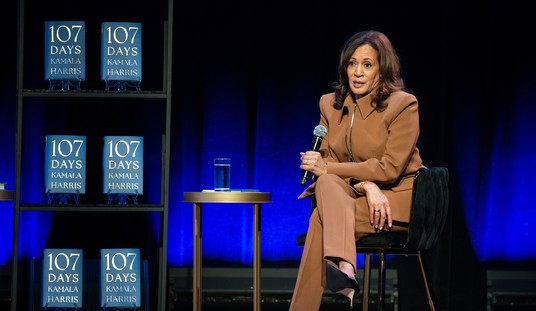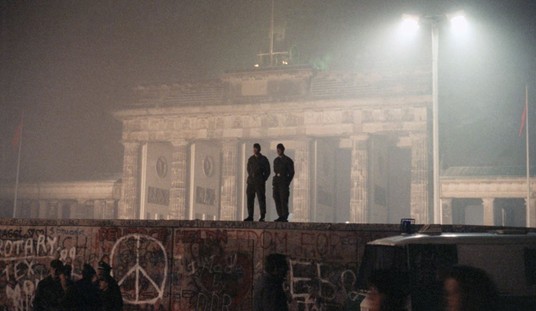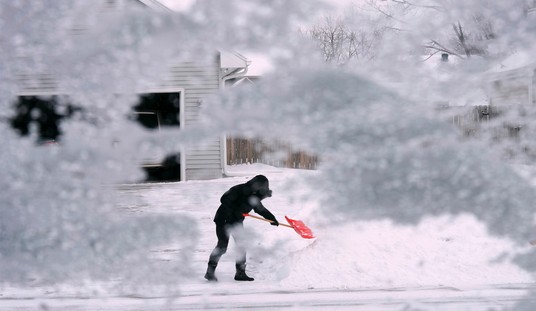=========
=========
Promoted from the diaries by streiff. Promotion does not imply endorsement.
=========
=========
Ah…Pennsylvania. In any other year, this would be an easier state to prognosticate, but everything was thrown into flux this year when the state supreme court- citing a violation of the state constitution- redrew the US House Congressional district map. Before we get to that point, there is a Senate and a gubernatorial race to consider. Both are relatively easy races.
Democratic incumbent Bob Casey faces off against Congressman Lou Barletta on the Republican side. Trailing badly in the polls, Barletta has hitched himself to the Trump wagon. To the best of my knowledge (and I live in the Philadelphia media market), Casey has not run a negative commercial against Barletta. Casey leads by an average of 14.5 points over many polls. Additionally, the Kavanaugh effect has not been evident here as Casey’s lead has remain pretty constant after that debacle.
Against another, weaker Democrat, Barletta may have had a chance. But not this year against Casey who has decent approval numbers in the state.
Likewise, in the gubernatorial race, although Democratic incumbent Tom Wolf has run some negative ads against his Republican challenger, Scott Wagner, he too has built up what appears to be an insurmountable lead in the polls at this late date. He is up by an average of over 15 points and many pollsters have stopped handicapping this race. Like Barletta, perhaps in four years when Wolf is term limited, Wagner may be a candidate in an open race, but not this year.
After the state supreme court declared the current House district map in violation of the state constitution, the Republican-majority refused to act and the court then redrew the map. After the new boundaries were set, Democratic mouths were drooling at the prospect. The current delegation favors the GOP, 12-6. And it is quite likely that will change dramatically come Election Day.
The First District race is a doozy of a battle between Republican incumbent Brian Fitzpatrick and Democrat Scott Wallace. I know; I live in the Philadelphia media market and this district involves Philadelphia’s northern suburbs. Redistricting made the new district slightly more blue. A particularly touchy issue in this area is convicted cop-killer Mumia Abu Jamal and Fitzpatrick has been linking Wallace to supporting him. In fact, Wallace founded a progressive foundation called Democracy Now! which has given Abu Jamal a voice from prison. This same foundation has contributed to Planned Parenthood who the NRCC, in their ads, calls a population control group (they ain’t wrong there). Polling in this race has been back and forth since the primaries decided Wallace was their candidate and he currently leads by an average of less than 1%.
This district is a microcosm of many areas that Trump took from the Democrats in 2016 although in that year, the current First District slightly went for Trump by a percentage point. If they can take this seat, then the GOP may be in for a long night elsewhere.
The Sixth District race encompasses Chester county to the south of Philadelphia. Republican incumbent Ryan Costello decided to call it quits and the NRCC has shown no inclinations to defend the seat. Meanwhile, in the Seventh, another Republican incumbent, Charlie Dent, is calling it quits leaving an open race between Republican Marty Northstein and Democrat Susan Wild.
Northstein has proven to be a weak candidate. In August, his campaign manager and chief fundraiser quit the race. Local Republicans are complaining he is running a very weak campaign. This district is based in the Lehigh valley to the west of Philadelphia and the former district lines took in some very conservative territory. Not so this year. In short, kiss this one good-bye.
Democrats are hoping for that blue wave in the Tenth to sweep Republican incumbent Scott Perry out of office. Centered in central Pennsylvania, it now takes in some liberal or, at least, more moderate areas of Harrisburg. Perry will face some competition, something he is unaccustomed to in the past. However, a district that favored Trump in 2016 by 9 points and where the incumbent enjoys an average 3 point lead in the polls should buy him a ticket back to Washington.
The 16th District was fairly Democratic until recently. In 2016, Trump won the equivalent of this district by a hefty 20 points. Hence, Republican incumbent Mike Kelly appears insulated against his Democratic challenger Ron DiNicola. And, in fact, polling shows Kelly up by a fairly comfortable 4 points (on average).
Finally, there is the 17th where redistricting moved what was essentially the old 18th District into the 17th and added some more liberal areas of Pittsburgh and its environs. Hence, the change had the effect of throwing two current incumbents, Todd Lamb for the Democrats and Keith Rothfus for the Republicans, into the same district. Considering that Lamb won a special election in a much redder 18th District version of this version, he is the obvious favorite to win. And if the polls are to believed, it will not even be close. Perhaps that is why the NRCC has canceled all advertisement and two key outside groups- the Congressional Leadership Fund and America First Action- never even scheduled any air time. Rothfus did have a decent war chest with which to work.
Overall, this writer expects the new Congressional delegation from Pennsylvania to be at least 9-9 and possibly 10-8 Democrat if the Brian Fitzpatrick is defeated in the First. At this point, one can foresee a very narrow Fitzpatrick victory, but my hopes may be too high here.
The numbers after this entry are:
US Senate 53-45 Republican, US House 205-203 Republican (or possibly 204-204), and Governors 30-19 Republican.
Tomorrow: We reach the end of the journey with a look at Florida.













Join the conversation as a VIP Member